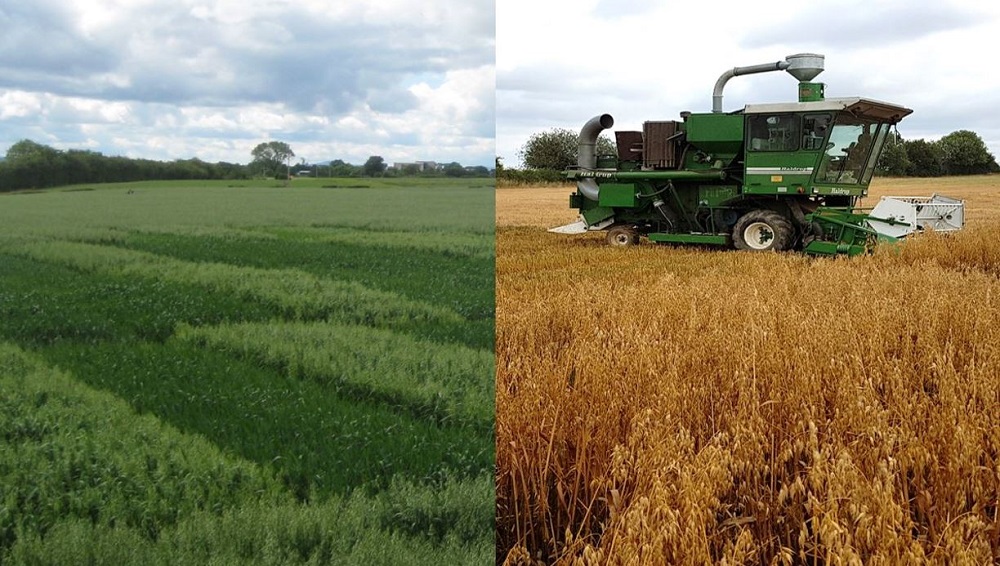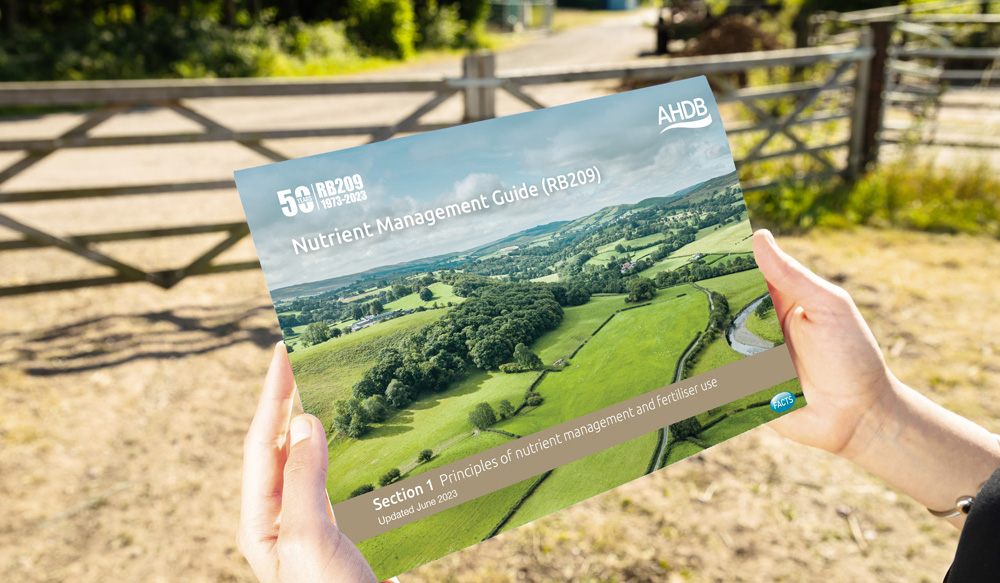- Home
- Knowledge library
- Nitrogen and sulphur fertiliser management for yield and quality in winter and spring oats
Nitrogen and sulphur fertiliser management for yield and quality in winter and spring oats
Summary
A 2016 review of RB209 highlighted the need for additional research on winter and spring oat fertilisation.
The review emphasised that data was insufficient to derive robust nitrogen (N) recommendations for winter oats. However, data trends resulted in recommendations increasing by 40 kg N/ha for all SNS indices and soil types. For spring oats, due to no recent data, N recommendations have not been updated for many years.
For winter and spring oats, there was no data on N application timing. Current winter oats advice is consistent with wheat advice.
The lack of information for oat agronomy, alongside an increasing demand for oat products, prompted this project to be commissioned by AHDB in 2018.
This study aimed to provide advice on the most appropriate nitrogen rates and timings, as well as sulphur applications, to optimise the yield and milling quality of both winter and spring oats.
The project analysed previous data, gathered information on oat agronomy, and conducted multiple nitrogen rate and timing experiments throughout the UK on winter oats (East and West Midlands) and spring oats (East Anglia and Scotland) across three harvest seasons.
Analysis of a database, comprising data generated before the current project, showed that current N recommendations appear too low for winter and spring oats.
Spring oats N-rate trials supported this finding, indicating rates could be increased above current RB209 recommendations where good moisture availability means that yield potentials are high. However, a site’s likelihood of lodging should be considered.
The winter oats N-rate trials in Herefordshire suffered from high lodging prevalence, resulting in a low optimum N rate, while Nottinghamshire trials suffered from dry springs on sandy soils.
Variety differences were evident but, generally, there were no significant interactions with N, so optimum N rates were the same.
The spring oats N-rate trials in Fife were high yielding, while yields were constrained by the lack of moisture in the Cambridgeshire site.
Increasing N application above current RB209 N-rate advice maintained high kernel content and ease of dehulling (hullability) in both winter and spring oats. However, depending on variety, specific weight can decrease and screenings increase at higher N treatments, such that grain no longer meets milling specifications.
For winter oats, it was concluded that N-rate recommendations should take account of the relationship between optimum N rate and yield, while removing the soil type categories from the RB209 tables. For spring oats, it appears that current recommendations are 25-30 kg N/ha too low.
A combined analysis of timing trials indicated that current RB209 winter oat timing recommendations appear appropriate for yield and grain quality.
Conclusions for spring oats remain unclear, with more research needed. However, it appears that applying at least 40 kg N/ha to the seedbed and the remainder by the start of stem extension leads to good spring oat yields more consistently. The results of the quality analyses showed that applying all the N in the seedbed resulted in higher specific weights in Scottish trials.
Sulphur applications were shown to significantly improve yield, especially on lighter soils.
Overall, for the winter and spring oats varieties examined, variety had a greater effect on all grain quality traits measured than the timing of N treatment or addition of sulphur.
This project made significant progress in providing knowledge for winter and spring oats agronomy required to update current RB209 recommendations. However, further research is needed to address several oat nutrition questions that were not within the scope of this project. Research activities have been proposed, which include further investigation into N timing applications for oat yield and quality and additional research on N recommendations for spring oats.
Also...
Read an article about the research
Watch project lead, Sarah Clarke, introduce the project (video)
Watch Sarah provide a project update (2021 webinar)
Watch Sarah provide a project update (2022 webinar)
Watch Sarah present the final project results at the Agronomists' Conference 2022



